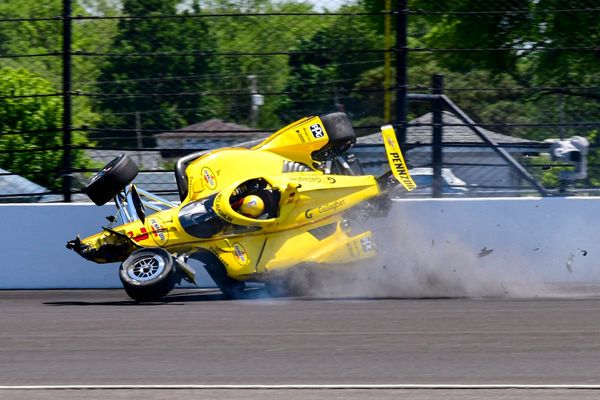
As the Maharashtra government approves Yuva Sena chief Aaditya Thackeray’s suggestion to increase the volume of ambulance sirens to 110-120db so that the vehicles get the right-of-way through congested roads, experts have criticised the plan. While ENT specialists said the noise levels can cause health hazards for the patient travelling inside the ambulance, noise activists and traffic department officials added that ambulances are caught in traffic not because they are not heard, but because other vehicles do not move out of the way.
Thackeray, who is the son of Shiv Sena president Uddhav Thackeray, had proposed amendments in the current norms for ambulance sirens. “Extremely pleased to receive a phone call from (Environment) Minister Ramdas Kadam about my proposal being approved by concerned departments of Union and State (governments),” Thackeray tweeted on Wednesday afternoon.
While he couldn’t be reached on call, he further shared he had proposed an amendment where in the ambulances could have two levels of audibility for sirens ie: current and higher at 120db. “Often in peak traffic, we find ambulances stuck with their sirens blazing, but not audible beyond a few cars ahead or to the police at junctions. With siren limits increased to range between 110-120db, it will be heard right up ahead, like the sirens in other cities like New York and London,” said Thackeray. He said this will largely help ambulances and traffic police communicate in high-traffic zones and clear out faster in emergencies.
Pointing out the loopholes in the amendments, activists and experts said western countries have a higher noise level because traffic is less noisier, roads are wider and ambulances are better equipped.
A senior ENT specialist from Sir JJ Hospital said the amendment considers reaching the hospital faster, but not the impact of the volume on the patient travelling inside. “The ambulances majorly transport heart patients, road accident victims, pregnant women and senior citizens to hospital. If the ambulance, with a siren of 120db, is stuck in Mumbai traffic, it can cause a major health hazard for patients, even resulting in death,” said the expert.
“It’s [amendment] ironic because the state government was directed by the (Bombay) high court to submit a report on reducing traffic noise and they haven’t submitted the final report yet. Secondly, the ambulances which we have aren’t nearly sound proof. It will be nothing but a criminal offence if a critically ill person, riding inside the ambulance faces health hazards due to the noise of the sirens,” said Sumaira Abdul Ali, from Awaaz Foundation who had filed the petition in high court last year.
Sumaira said every report and study, published worldwide, including norms by World Health Organization (WHO) suggest that maximum audible volume for patients should be about 50db.
Dr Rita Savla from Radhee, an organisation working on, ‘Make way for ambulance,’ initiative along with city traffic department since several years said that lack of awareness in public is the major reason behind ambulances being stuck in traffic. “Only a month ago, we had conducted a mock ambulance drive along with the traffic department. Despite using the microphones for requesting people to clear traffic, car drivers kept driving slow, and bike riders kept overtaking the ambulance,” said Dr Savla.
Suggesting ways that could in fact solve the problem of ambulances getting stuck in traffic, traffic officials said permanent green corridor between periphery and tertiary care hospitals and increase in fines for obstructing the ambulance are better than increasing the volume.
“Instead of making corridors — a green corridor is the clearing of a stretch of road for an ambulance — only in the times of cadaver transplants, if we have them permanently, issues will be resolved immediately. Also, if the digitalisation of roads, through CCTV network is accompanied by heavier fines (Delhi follows a fine of Rs 2000 for obstructing an ambulance) can also be effective,” said Deputy Regional Transport Officer (Worli) Sanjay Sasane.







